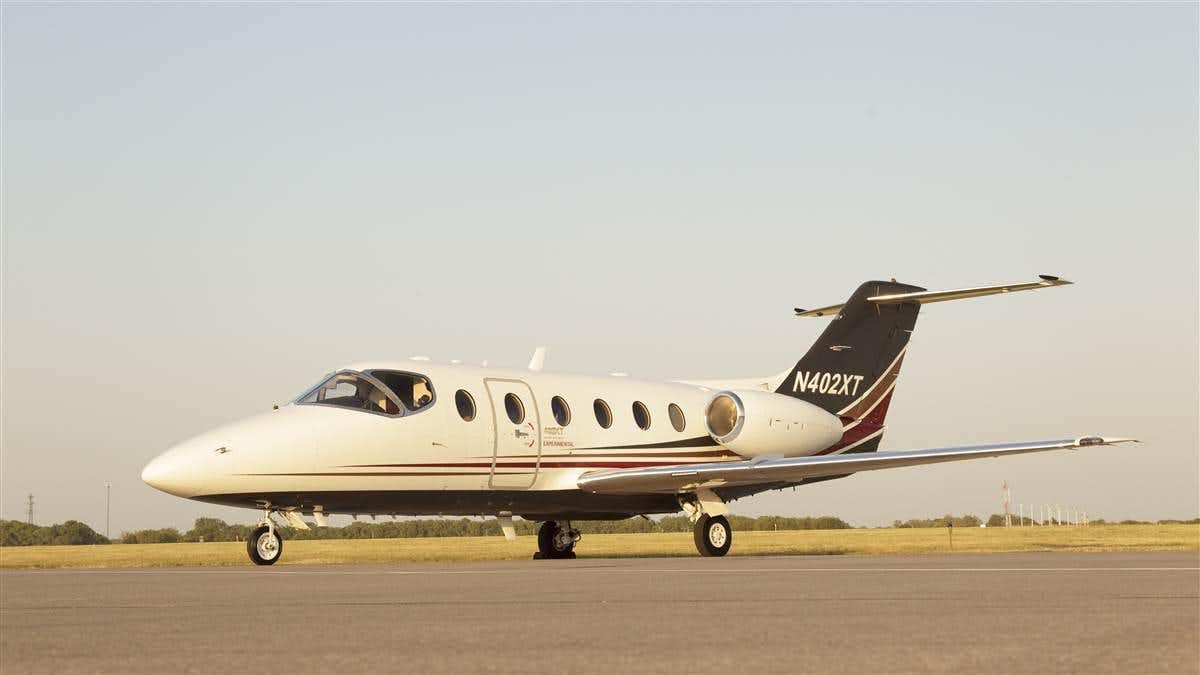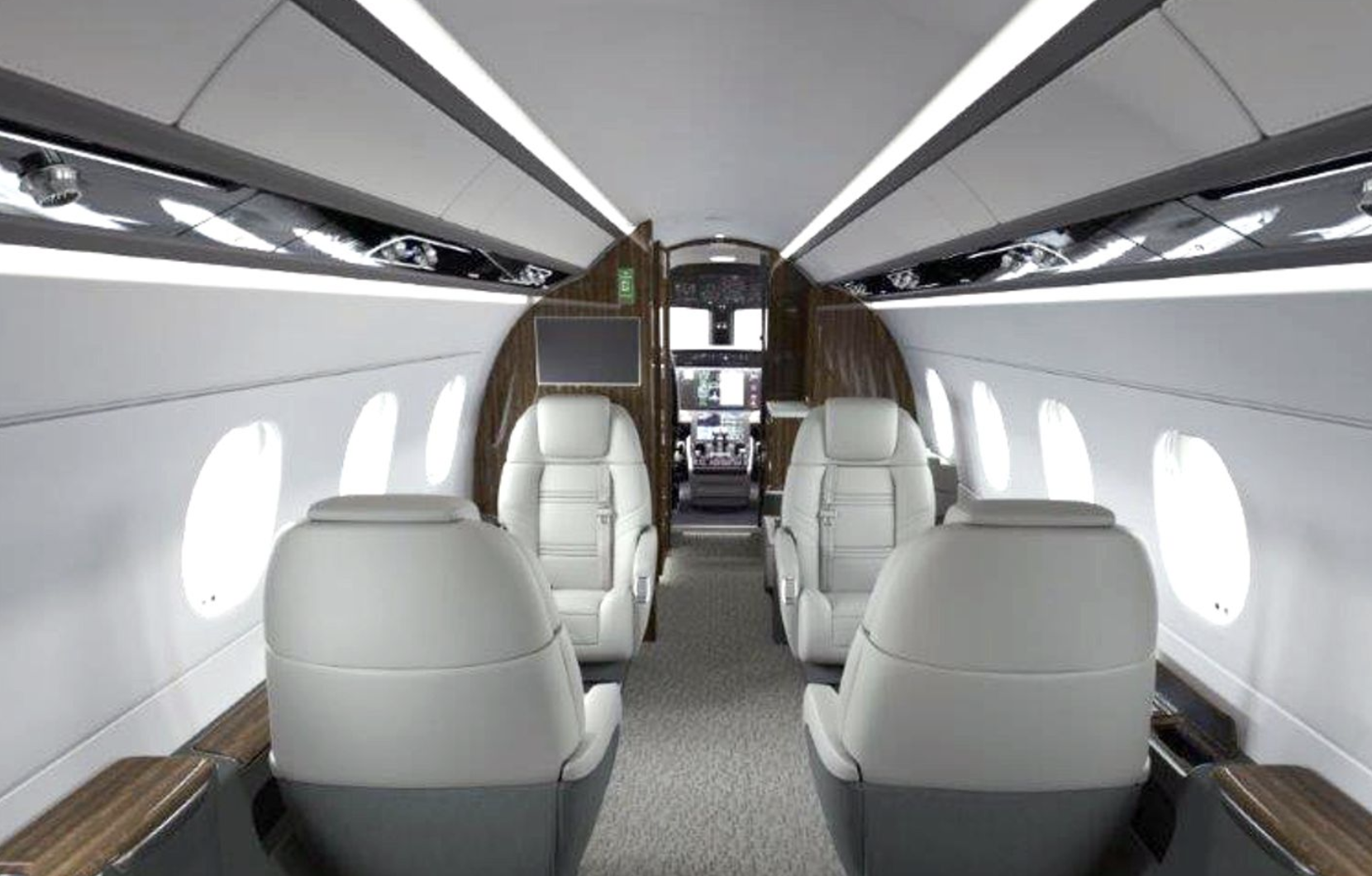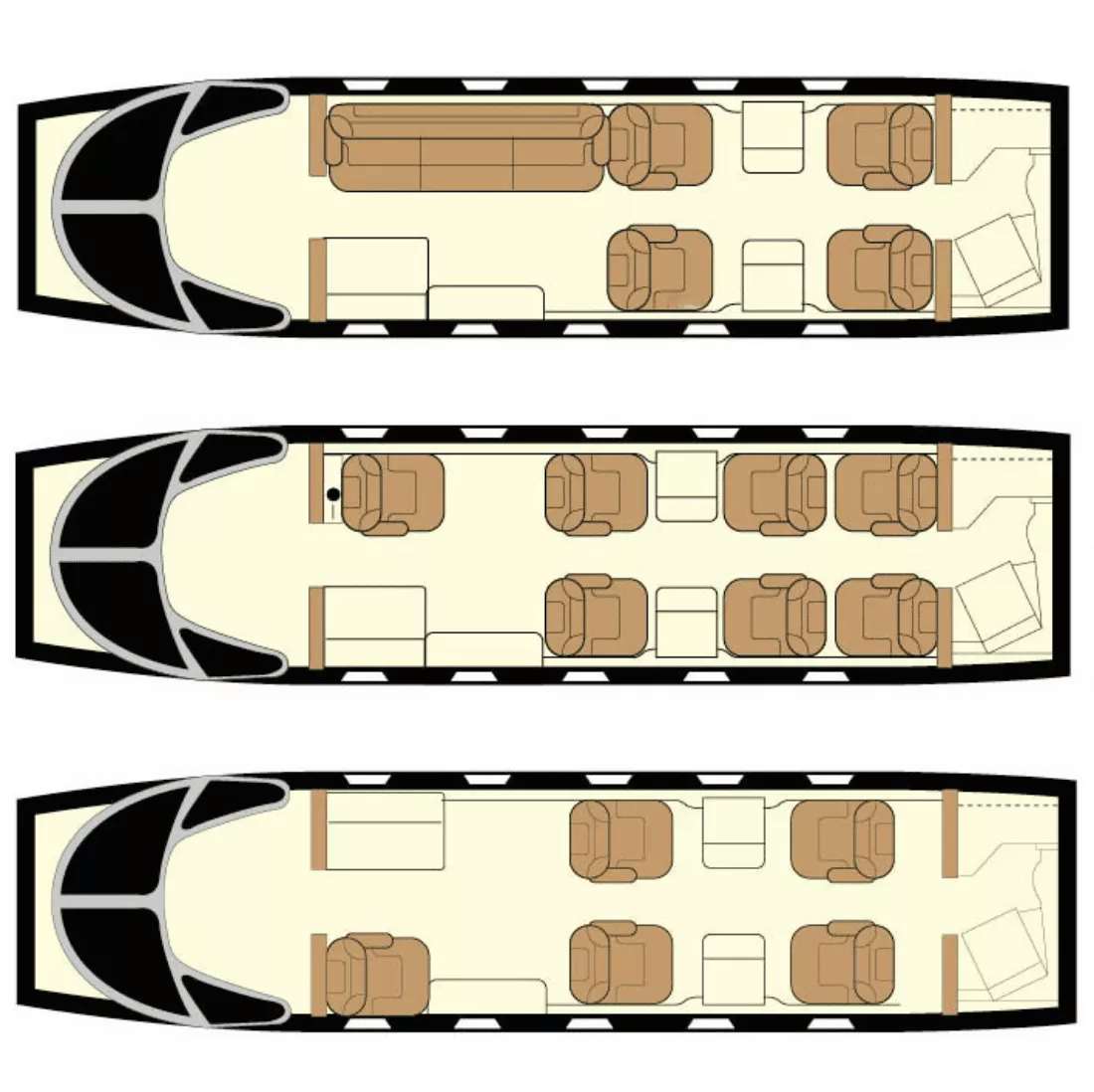

The Nextant 400XTi is a private jet produced by Nextant Aerospace, an Ohio-based aircraft manufacturer part of Kenn Ricci’s Directional Aviation Group.
It is a modified version of the Beechcraft Beechjet 400A, featuring upgraded engines, avionics, and interior amenities.
The 400XTi has been in production since 2010, and over 80 aircraft have been delivered.
Nextant also builds a remanufactured King Air 90 as the G90XT using GE H75 engine. It has also introduced the Challenger 604 remanufactured as the Nextant 604XT with the Collins Aerospace Pro Line Fusion Avionics Suite.
Manufacturing Dates
Production Start:
2010
Production Ends:
In Production
Cabin Category
Light Cabin
Cabin Size & Passengers
Height
4.75 Feet
Width
4.92 Feet
Length
15.5 Feet
Seating Capacity
Up to 7
Range
1,527 nautical miles
Speed
High-Speed Cruise:
Mach 447
Long-Range Cruise:
Mach 406
Max Operating Speed:
Mach 460
Baggage Space
31 cubic feet
Access
Fractional Ownership:
No
Dedicated Jet Card:
Yes
Pricing
A new Nextant Aerospace 400XTi is listed at $6,500,000.
The price for a used Nextant Aerospace 400XTi is $2,500,000.
The Nextant 400XTi is a remanufactured and upgraded version of the Beechjet 400A, which was originally produced in the 1980s.
The Beechjet 400A was designed to compete with the popular Learjet and Citation models of the period.
Nextant Aerospace is part of Directional Aviation, the holding company that includes Flexjet, Sentient Jets, FXAir, PrivateFly, and Constant Aviation, among others.
It is a private jet aircraft remanufacturing company based in Cleveland, Ohio.
It began developing the 400XTi in 2007.
The company’s goal was to create a more efficient, modern, and cost-effective version of the Beechjet 400A.
The remanufacturing process involves stripping down the aircraft to its frame and rebuilding it with new components and advanced technologies, including new avionics, engines, and winglets, resulting in a significant improvement in performance and efficiency.
The first 400XTi was completed in 2010, and it received certification from the Federal Aviation Administration (FAA) in 2011.
In 2015, Nextant Aerospace launched the 400XTi Extended Range (ER) version, which features additional fuel tanks.
The 400XTi seats five-to-seven passengers in a standard configuration, with a small galley in the front and a fully enclosed lavatory at the rear of the cabin.
The Nextant 400XTi has a range of 1,527 nautical miles.
A newly remanufactured Nextant XTi sells for around $6 million.

Find the perfect solution for your private aviation needs
Save Time. Buy Confidently.


